Description of Coffee Flavor and aroma in Humbela Town, G1 Valley, Sidamo, Ethiopia

For professional baristas, please follow the coffee workshop (Wechat official account cafe_style)
Product name: Humbela Town, G1 Valley, Sidamo, Ethiopia
(Ethiopia Sidamo Guji Hambella washed G1)
Country Ethiopia (Ethiopia)
Producing area Oromia Region
Guji (Guji Zone)
Local small farmers in the town of Hambela Woreda
2150 meters above sea level
Variety Ethiopian Guyou original species (Heirloom)
Grade: water washing maximum level G1
Annual rainfall is about 1500 to 2, 000 mm
Treatment washing
Flavor description: lemon aroma and sweet citrus, plum, roasted cocoa,
Smooth taste, full-bodied and sweet.
Introduction:
The Sidamo producing area (Sidama) is located in southern Ethiopia. The industry here is dominated by agriculture, and the coffee-growing area is located around the East African Great Rift Valley (Great Rift Valley). The largest town in Sidama province is Hawassa, which is an important local coffee export distribution center. The coffee flavor of Sidamo is very diverse, because of the different soil composition, regional microclimate and countless native coffee varieties, the coffee produced in each urban area has obvious differences and characteristics.
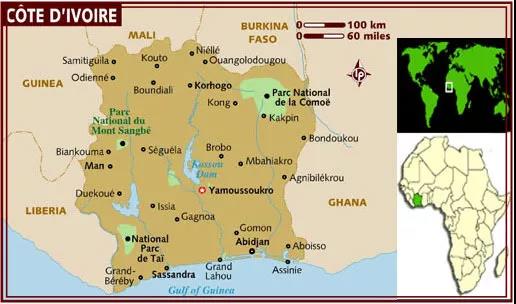
Shakisso is located in the southern part of Guji and Oromia, adjacent to Sidama and Gedeo. There are many pits in this area, which were used to mine gold in the early days, so there are many potholes in this coffee growing area. This makes people dangerous when walking between coffee growing areas. Shakiso is a unique producing area of Guji / Cedamori, and even in Cedar Morri is a remote area far from most coffee producing areas, and another famous local product is gold ore.
Miners, land, ethnicity and other factors also destabilized the region in 2006. As a result, the biggest problem facing the region now is that ─ needs manpower to maintain the growing area and harvest coffee. Local small farmers began growing organic coffee in 2001 and work closely with medium-sized coffee producers because they are familiar with how to grow forest coffee in the highlands.
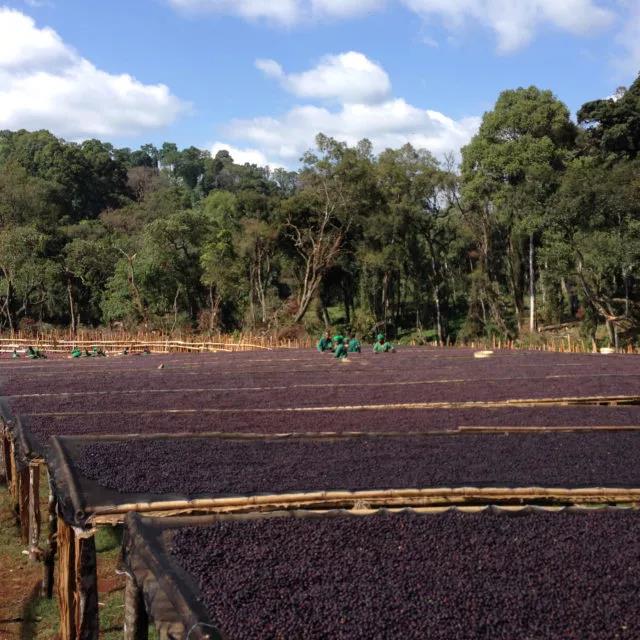
The town of Hambela Woreda is located in the Guji district, and the rise of the Guji district can be said to be one of several important trends in Ethiopia in recent years. Shakisso is a well-known example, but the mode of operation of Humbela is another peculiarity. The rise of Gucci can be said to have its inherent conditions, coupled with the fact that Trabocca, the largest coffee bean seller in the Netherlands, entered the area five years ago and called it production together with the local coffee farm. They donate coffee cup testing laboratories and try their best to improve the quality and output of coffee beans every year. Through the quality control of its company, it has gradually influenced the planting technology of neighboring coffee farmers, and even Trabocca has more than 10 years of long-term staff exchanges of coffee planting, production, processing and marketing experience in this area, contributing to the improvement of coffee quality in this area.
The quality of washed raw coffee beans in Humbela Town, G1 Valley District, Sidamo, produced by local small farmers, has been repeatedly concerned and loved by the market. in terms of taste, the coffee beans have obvious aroma of flowers and fruits, soft acidity and lime aroma. The final rhyme is sweet, with a hint of almonds and nuts. on the whole, it is gentle, sweet and soft acidity for those who taste shallow baked beans for the first time.
Flavor description: lemon and sweet citrus, plum, roasted cocoa, smooth taste, full-bodied and sweet.
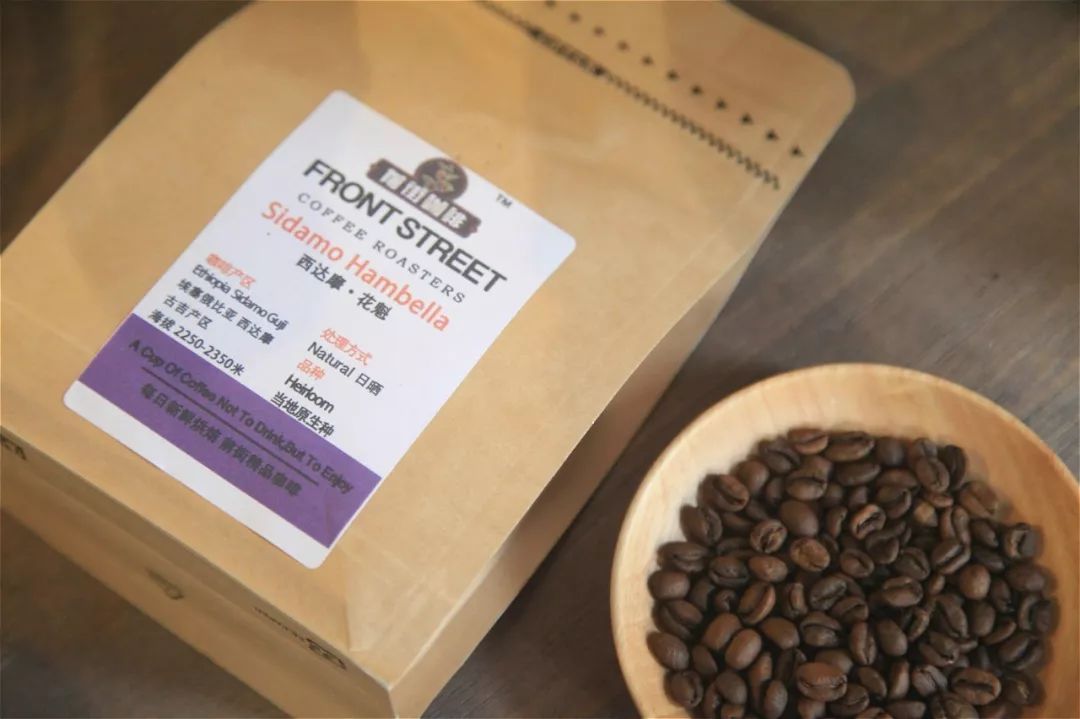
How did Sakuran's name come from?
In 2017, Ethiopia's DW Raw Bean Company sent their coffee beans to TOH (the Taste Of Harvest), a competition hosted by the African Coffee Association, and the tanning batch won the championship of TOH Ethiopia. This batch of raw beans, in the capacity of the champion, is named "Sakuran".
Sakuran, located in Hambella, Humbera is in GUJI, the largest coffee producing area in Ethiopia, and the administration belongs to the state of Oromia. Hambella is the highest coffee producing area in Ethiopia (Harrar is the highest in Ethiopia), facing the west and kochore across the mountain, and connecting with the shakiso,Uraga and Kerchaz producing areas of Guji in the east and south respectively.
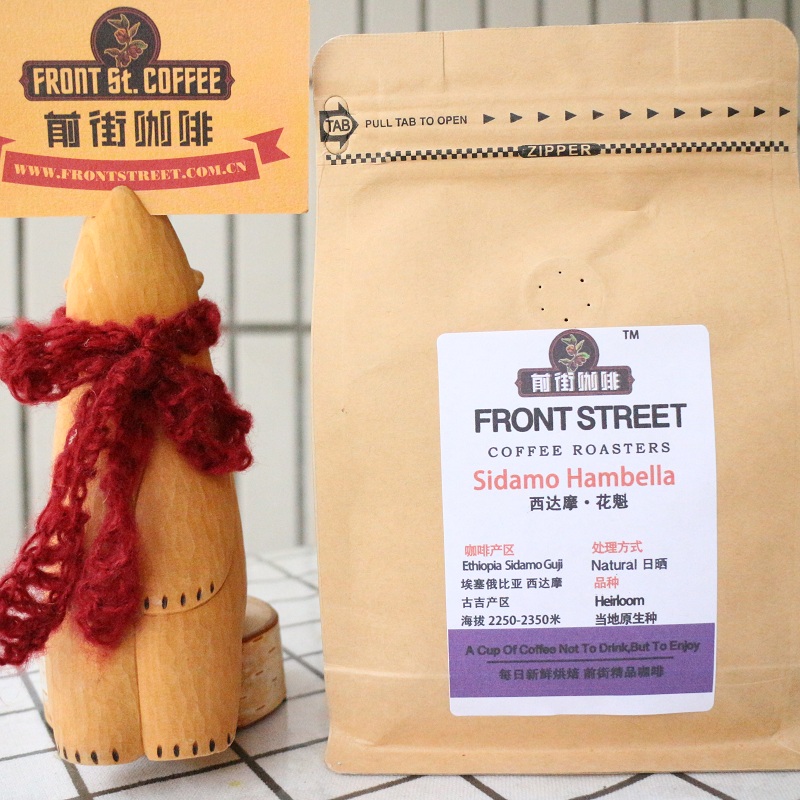
Purchase link: https://item.taobao.com/item.htm?spm=a1z10.5-c-s.w4002-15673140460.33.6bb7c3acScOEkP&id=549017651496
Important Notice :
前街咖啡 FrontStreet Coffee has moved to new addredd:
FrontStreet Coffee Address: 315,Donghua East Road,GuangZhou
Tel:020 38364473
- Prev
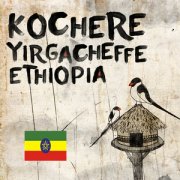
Description of flavor and aroma of Ethiopian washed Sidamo G1 Hilameli coffee
Professional baristas please follow the Coffee Workshop (Wechat official account cafe_style) products: Ethiopia washed Sidamo G1 Ethiopia Sidamo Chire Ameli G1 Washed flavor description: rose, citrus, elegant acidity, peach, caramel mild and clean balance, long, lively and varied fruit flavor. Ripe berries have more flavor.
- Next
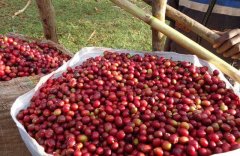
Description of Coffee Flavor and Flavor in LOT2 Valley producing area, G1 Tingtu Village, Sidamo, Ethiopia
For the exchange of professional baristas, please follow the coffee workshop (Wechat official account cafe_style) Product name: Ethiopia washed West Dharma G1 Tingtu Village LOT2 Guji production area (Ethiopia Sidamo Guji Dimtu Lot2 washed G1) flavor description: fresh flower flavor, air-dried orange, lime, cream, spiced tea, sweet and sour balanced, full-bodied sweet taste. Country
Related
- Detailed explanation of Jadeite planting Land in Panamanian Jadeite Manor introduction to the grading system of Jadeite competitive bidding, Red bid, Green bid and Rose Summer
- Story of Coffee planting in Brenka region of Costa Rica Stonehenge Manor anaerobic heavy honey treatment of flavor mouth
- What's on the barrel of Blue Mountain Coffee beans?
- Can American coffee also pull flowers? How to use hot American style to pull out a good-looking pattern?
- Can you make a cold extract with coffee beans? What is the right proportion for cold-extracted coffee formula?
- Indonesian PWN Gold Mandrine Coffee Origin Features Flavor How to Chong? Mandolin coffee is American.
- A brief introduction to the flavor characteristics of Brazilian yellow bourbon coffee beans
- What is the effect of different water quality on the flavor of cold-extracted coffee? What kind of water is best for brewing coffee?
- Why do you think of Rose Summer whenever you mention Panamanian coffee?
- Introduction to the characteristics of authentic blue mountain coffee bean producing areas? What is the CIB Coffee Authority in Jamaica?

